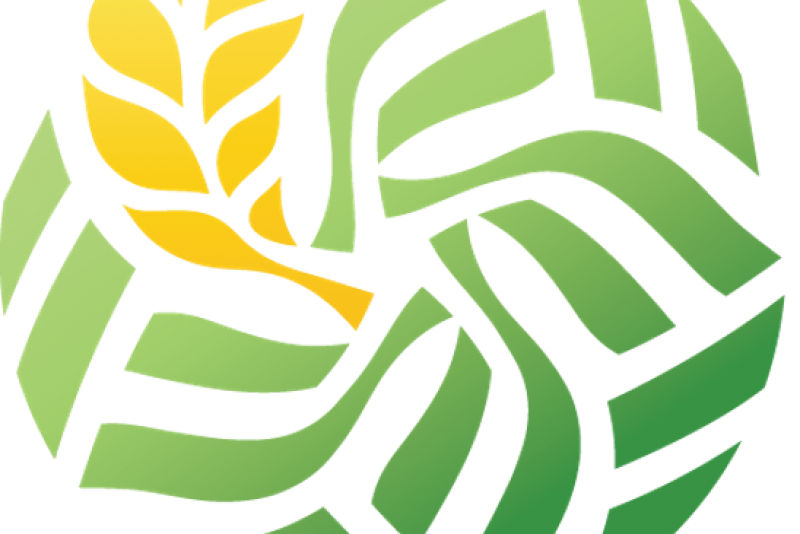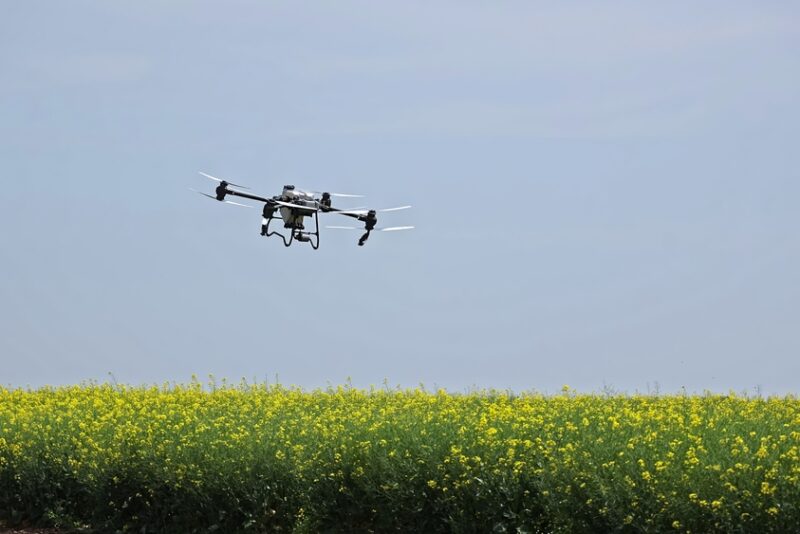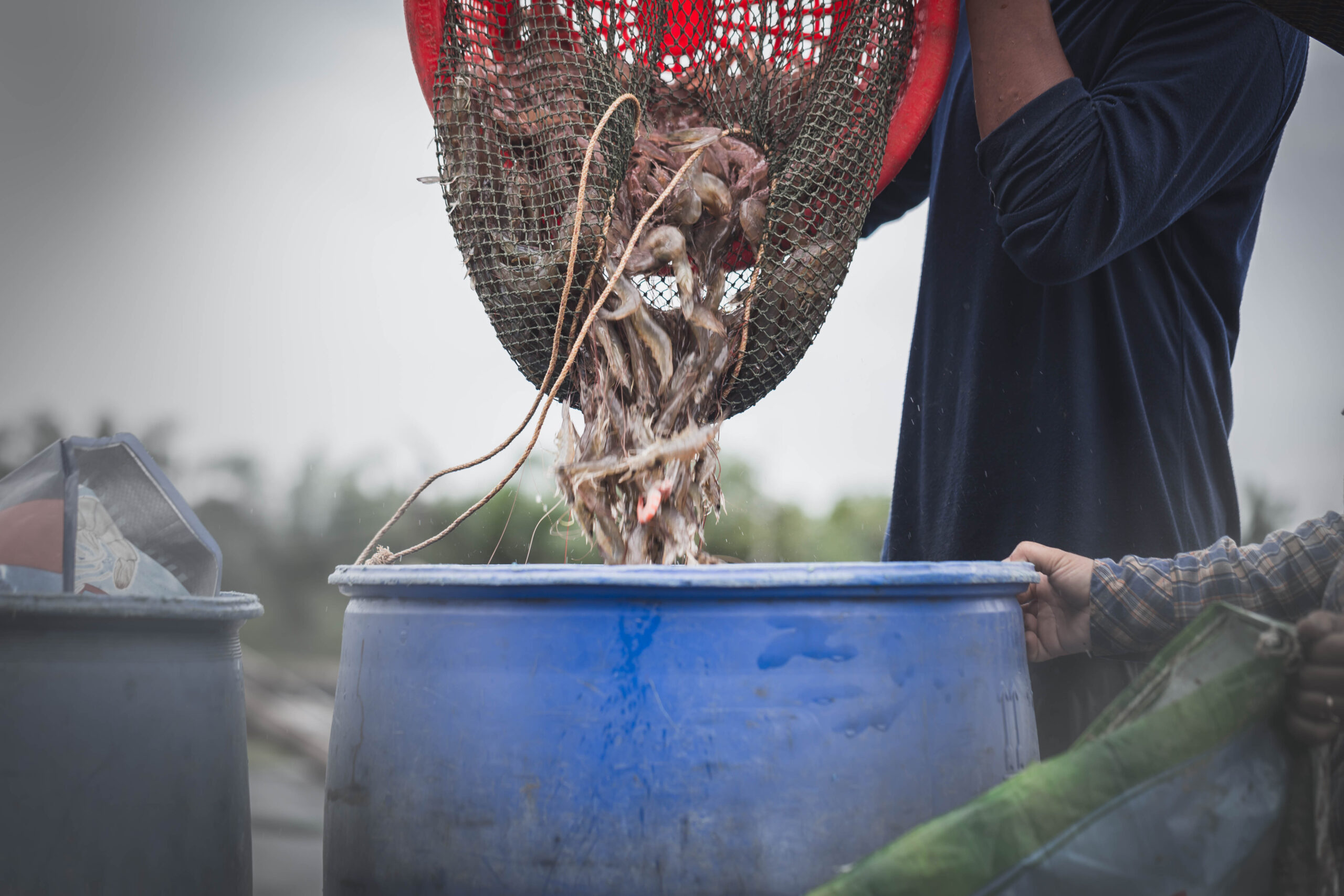TCI and ICRISAT Develop Innovative Database for Indian Agriculture and Beyond
 The Tata-Cornell Institute for Agriculture and Nutrition (TCI) has partnered with the International Crops Research Institute for the Semi-Arid Tropics (ICRISAT) to develop a comprehensive database featuring information related to India’s food system and beyond. The District-Level Database for Indian Agriculture and Allied Sectors is free and open for all, giving a wide array of stakeholders access to data necessary to address issues related to nutrition, food security, and sustainable agriculture in India.
The Tata-Cornell Institute for Agriculture and Nutrition (TCI) has partnered with the International Crops Research Institute for the Semi-Arid Tropics (ICRISAT) to develop a comprehensive database featuring information related to India’s food system and beyond. The District-Level Database for Indian Agriculture and Allied Sectors is free and open for all, giving a wide array of stakeholders access to data necessary to address issues related to nutrition, food security, and sustainable agriculture in India.
Researchers and policymakers have long struggled to find geographically disaggregated data on a host of indicators related to India’s food systems and growth patterns. ICRISAT had collected disaggregated agricultural data, but only from 1966-2011 and based on 1961 district boundaries that have since changed. The TCI-ICRISAT project helped to collect data from 2011-2015 and expanded the data to include a more comprehensive set of variables related to food and agriculture systems, including impacts on consumption, nutrition, income, and poverty reduction.
“Thanks to the joint efforts of ICRISAT and TCI, this important database now has a much more comprehensive set of variables looking at everything that has to do with food and agricultural systems in India,” said Prabhu Pingali, director of TCI. “With this platform, we can look at how food systems are changing and set priorities for agricultural research and investments.”
The new database brings together data for 571 districts in 20 states. Crucially, the data has been “apportioned” to control for the creation of new districts and changes to district boundaries, empowering researchers to look at the diversity in growth patterns across India from a historical perspective. “This data platform uniquely allows us to look at and attempt to explain the difference in development rates across India, where some areas are growing very rapidly while others are growing more slowly,” Pingali said.
Where data was missing or not available at finer scales, the project used cutting edge techniques like satellite imaging to capture information related to variables like nighttime-light intensity, irrigated area, or wind speed.
In all, the database includes 74 datasets, 1,030 variables, and more than 11 million data points. This wide range of data can easily be downloaded and compiled via an open-access, web-based dashboard.
“It’s important that data is seen as a public good,” Pingali said. “Making data public allows us to get a lot more out of it than we ever could if we tried to prevent others from using it.”





